
Audio
"B" is for Blackwood, Ibra Charles [1878-1936]. Governor. After graduating from Wofford, Blackwood read law and was admitted to the bar. He represented Spartanburg in the General Assembly and served...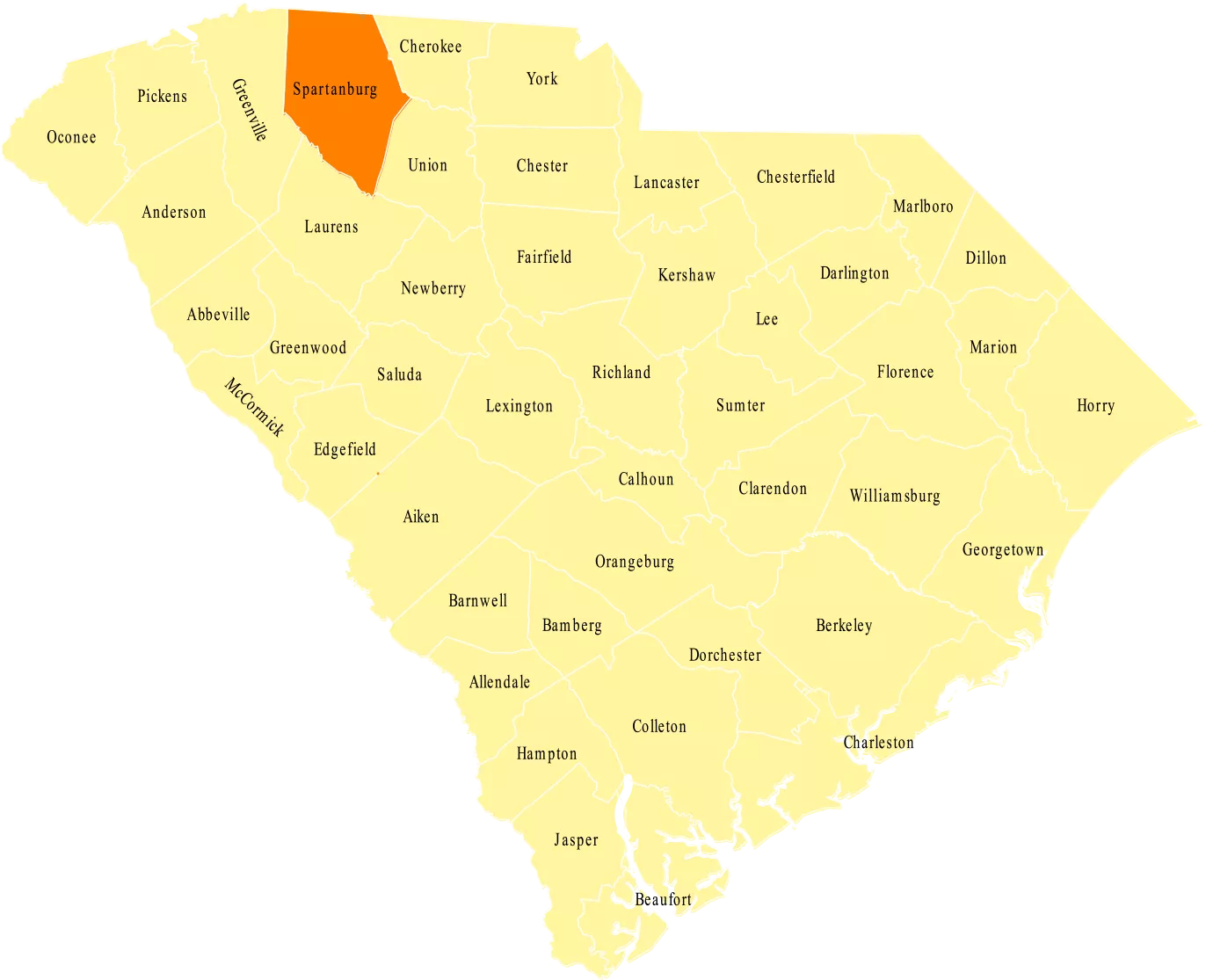
Spartanburg County was founded in 1785 and lies near the Blue Ridge Mountains. Both the county and its seat are named in honor of the Spartan Regiment, a local militia who served the Americans in the Revolutionary War. Notable residents include general William Westmoreland and hymn writer William Walker.
The county was principally settled by Scotch-Irish and other Europeans who moved to the area from Pennsylvania and Virginia in the late 18th century. Historically, the economy relied on small cotton farms, cattle raising, and the Lowcountry tourists that visited the area’s mineral springs. After the Civil War, the region’s economy transitioned to textile manufacturing. Today, Spartanburg County has become an industrial hub. In fact, “the New York Times reports Spartanburg as having the highest per capita international investment in the nation.”
SOURCE: Economic Futures Group. Accessed June 10, 2016.

Audio
"B" is for Blackwood, Ibra Charles [1878-1936]. Governor. After graduating from Wofford, Blackwood read law and was admitted to the bar. He represented Spartanburg in the General Assembly and served...
Photo
St. Luke's Evangelical Lutheran Church and School in Spartanburg. This African-American church Sunday School group was photographed by the WPA in the 1930s. Courtesy of the South Caroliniana Library.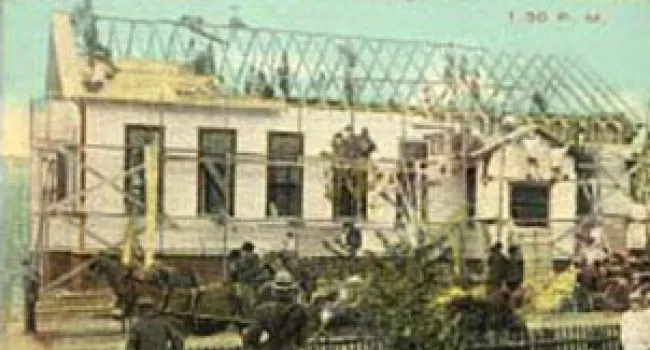
Photo
Postcard view of the El Bethel Methodist Church in Spartanburg - "The One Day Church" - built in one day on May 1, 1912. These photos show the progress of construction in the morning and afternoon...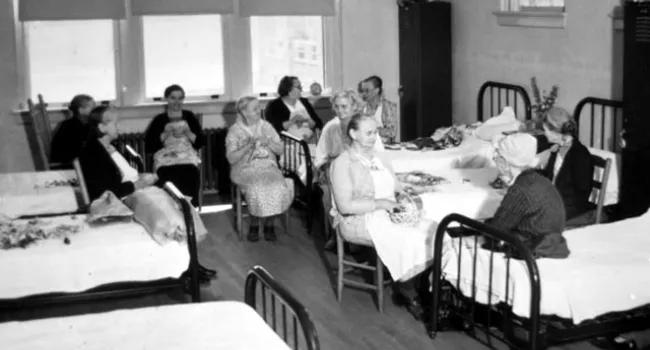
Photo
The WPA provided funds to help build new women's dormitories for a county home for the aged in Spartanburg County. The residents in 1938 seem to like their new rooms. Courtesy of the National Archives...
Photo
Wofford College, founded in 1850 through a gift from local Methodist minister Benjamin Wofford, was one of the several denominational colleges that emerged in competition with the South Carolina...
Photo
Converse College, Spartanburg, in 1909. Converse owes its name and its existence to D.E. Converse, a textile manufacturer from Massachusetts who came to Spartanburg in 1856. Believing that "the well...
Photo
The Arnold gully, four miles west of Woodruff on Buncombe Road, South Tiger Erosion Project. The gully in the photo was measured at 20 feet deep (before treatment with kudzu, it had been 35 feet deep)...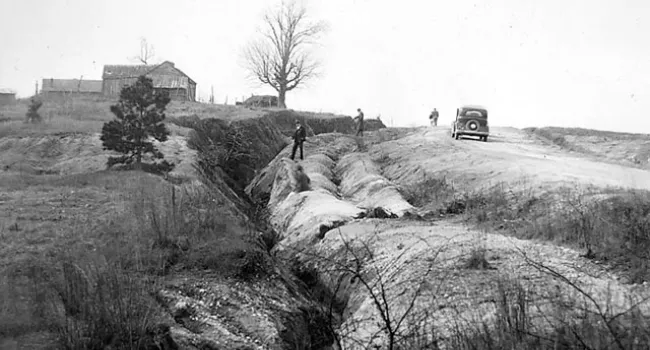
Photo
Erosion photographs taken about 1935 by the Department of Agriculture. The caption says, "Active roadside gully formed in old roadbed. Note new location of roadbed. This is the way many gullies in the...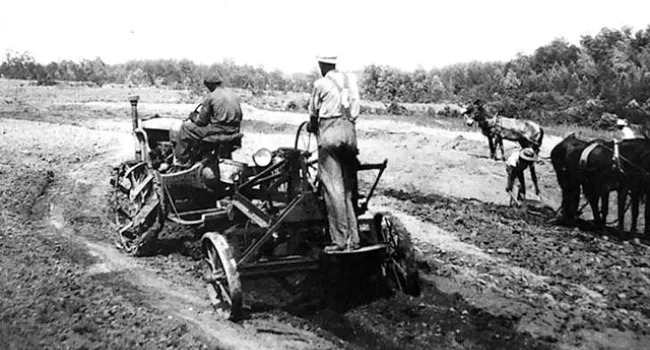
Photo
Spartanburg County, August 1936. J.T. Hudson's land at Woodruff, South Carolina. "Tractor and grader used to construct terraces. In addition to this machine, Mr. Hudson is operating five teams with...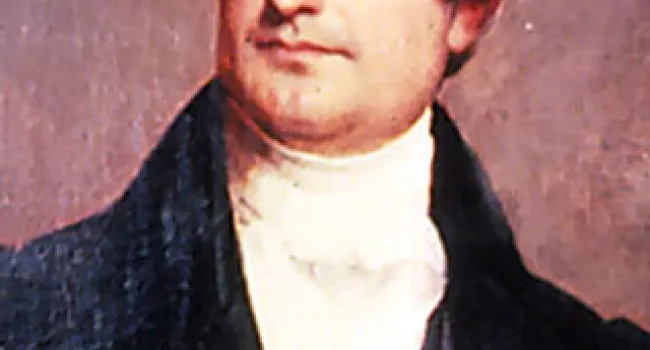
Photo
William May Wightman (1808-1882) was chosen as the Bishop of the Southern Methodist Episcopal Church in 1866, after a distinguished career as an educator and Methodist minister. Educated at the...